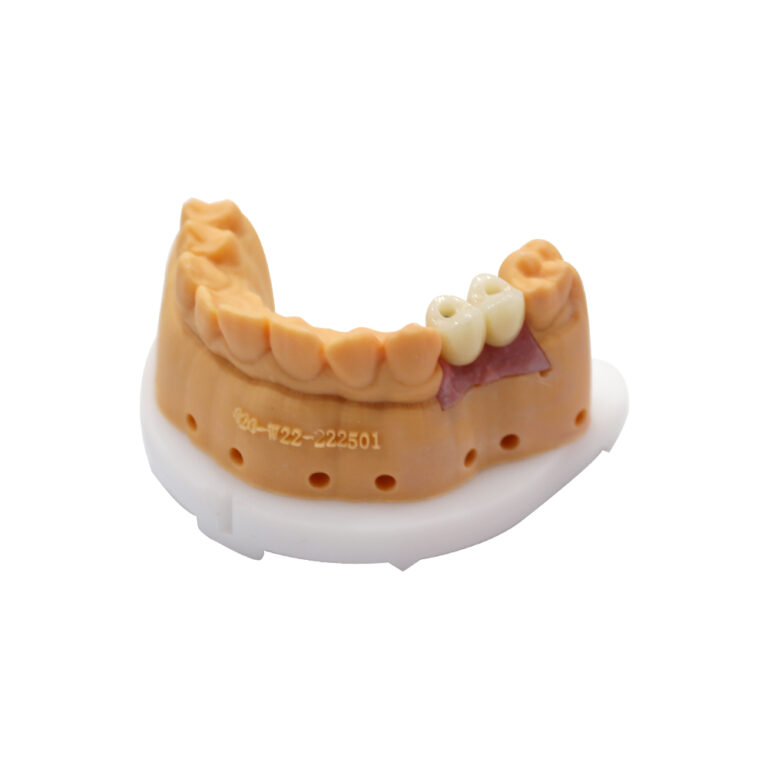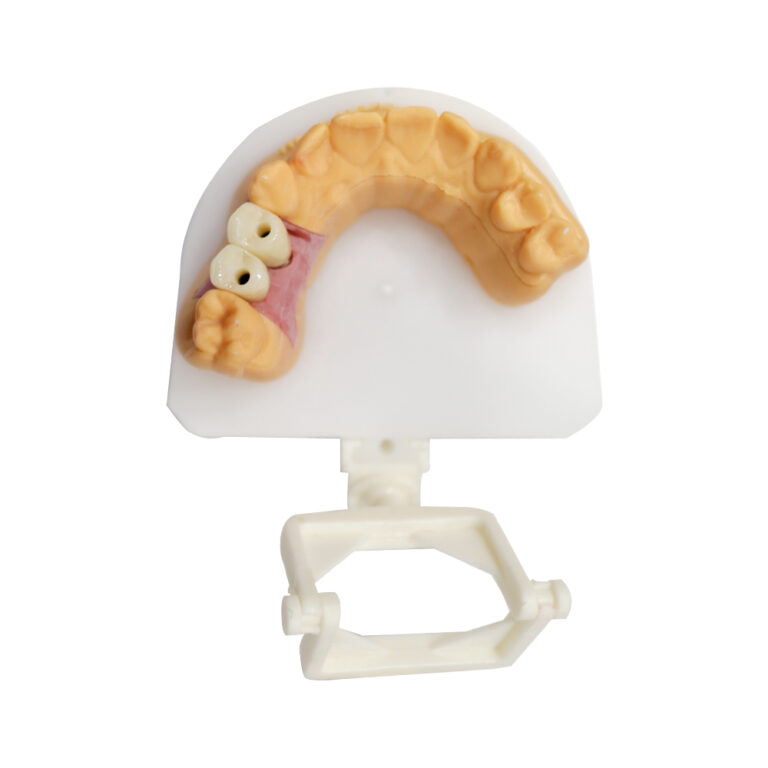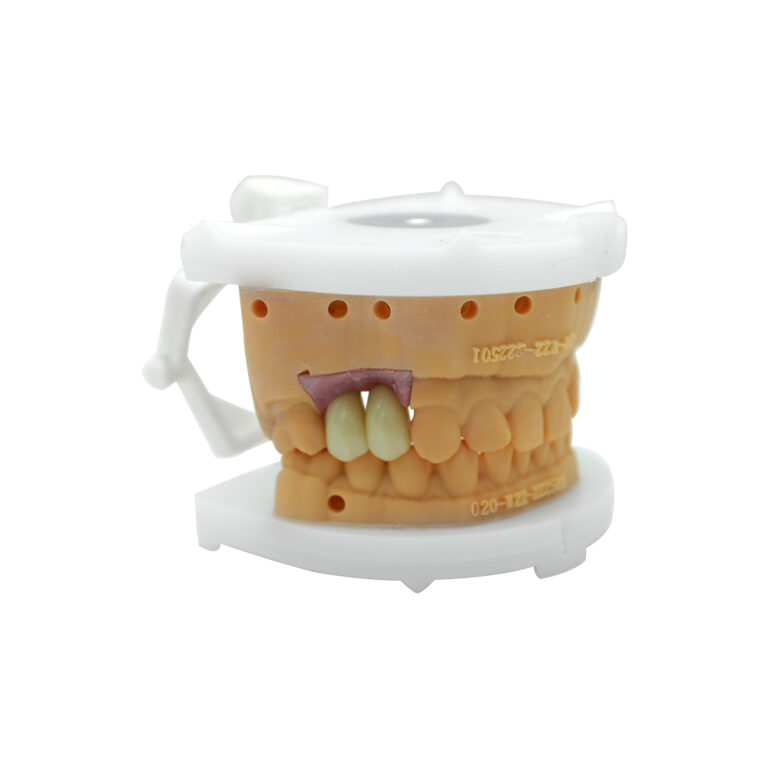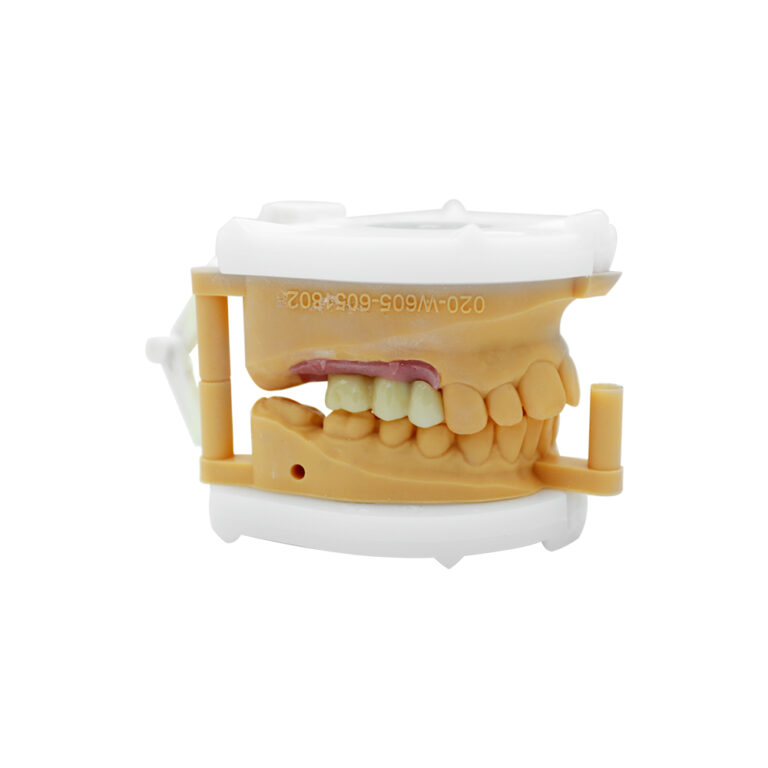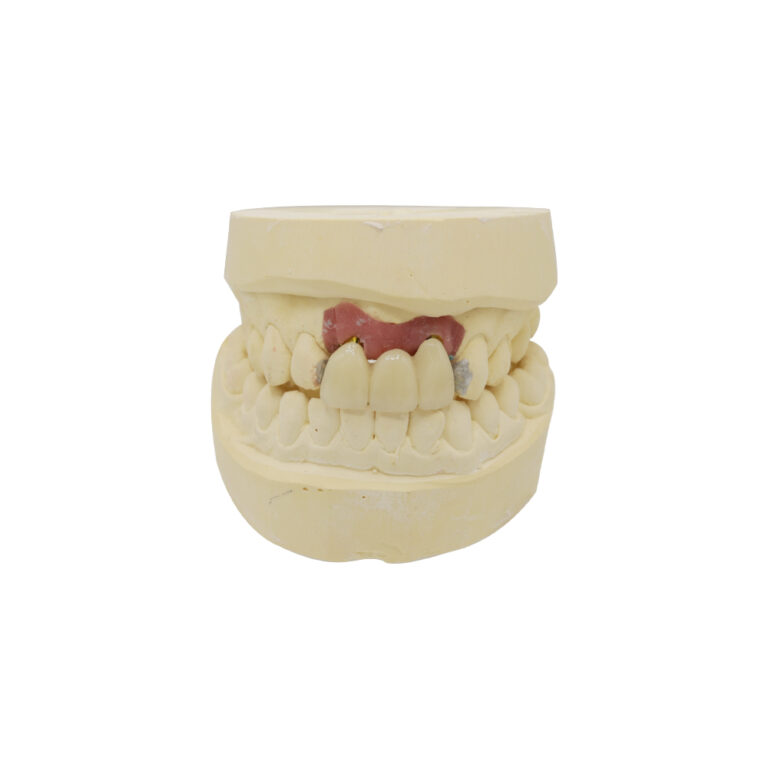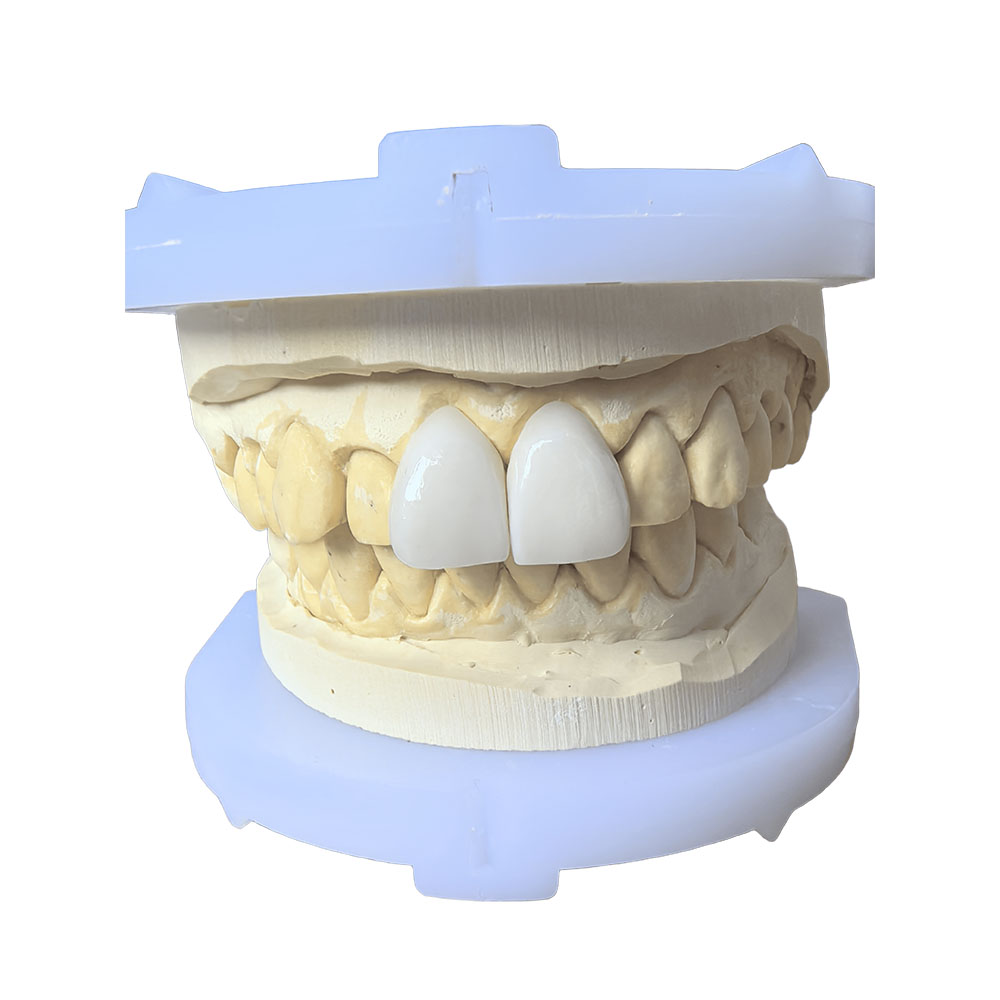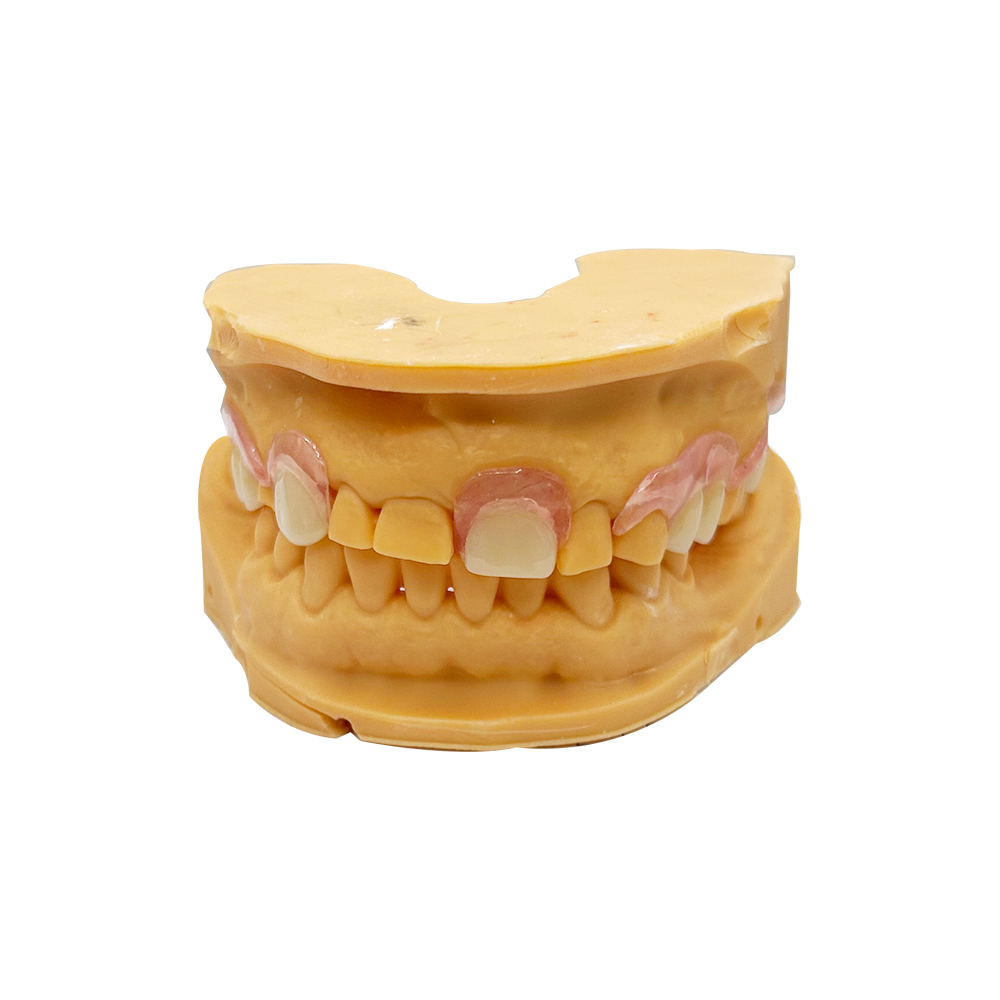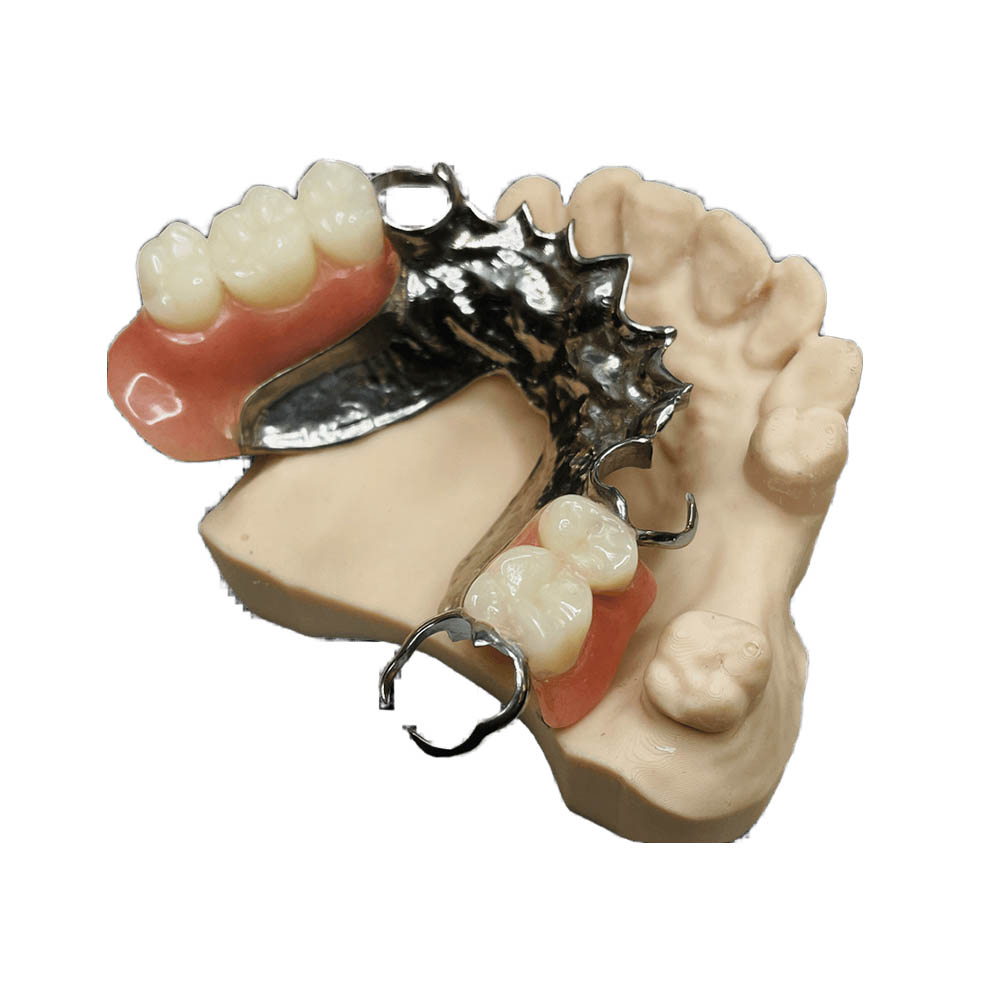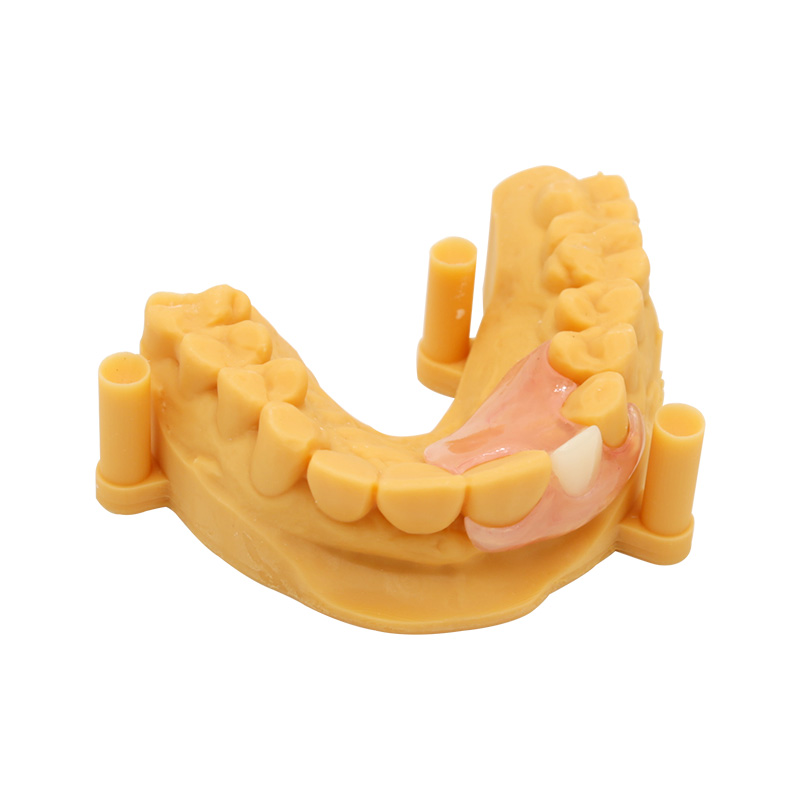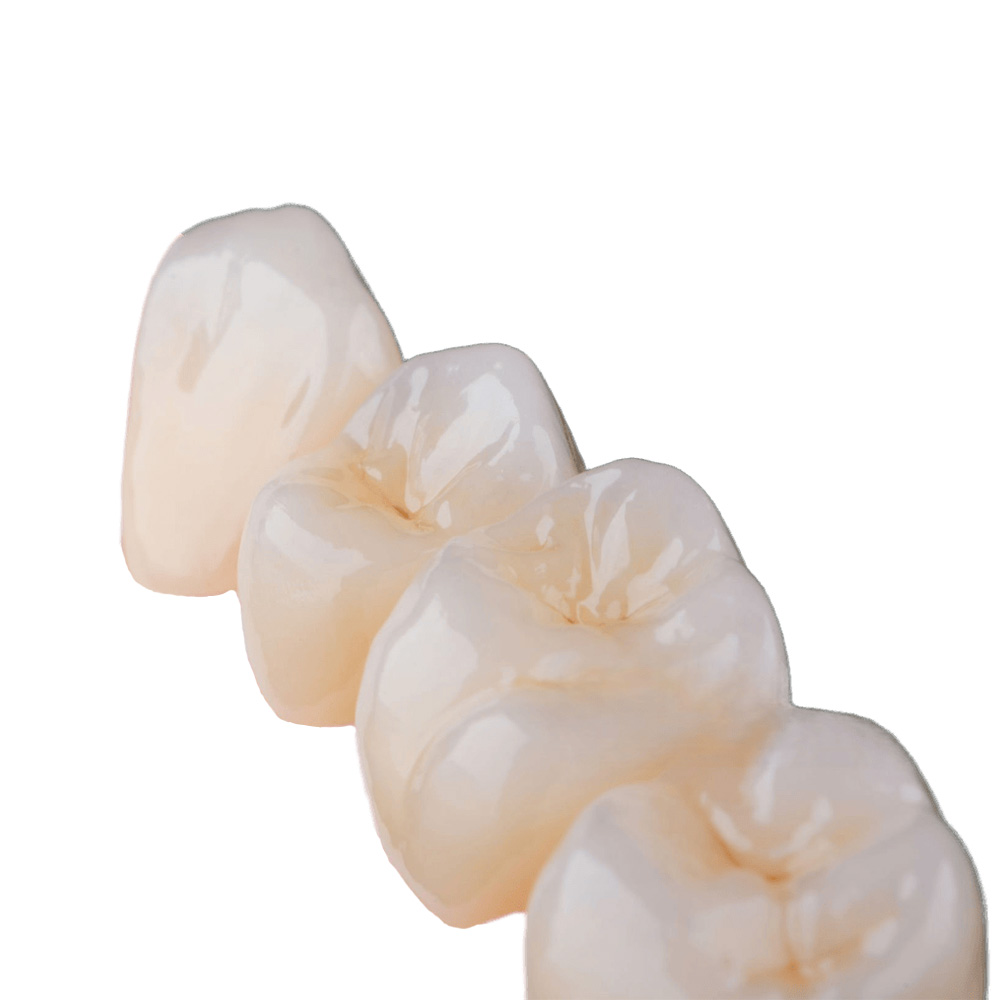
Partial Dental Implants
A Partner for Your Practice: Complete Solutions for Partial Dental Implants
At Istar Dental Lab, we know that partial dental implant restorations are a key part of modern restorative dentistry, providing excellent options for patients with missing teeth. These replacements are carefully designed to fill the space of one or several missing teeth without affecting the teeth next to them. This keeps them whole and healthy for a long time. Our goal is to provide our global partners—dentists, clinics, hospitals, and other labs—with the newest and most dependable prosthetic components, using the latest scientific knowledge and technology.
What Are Partial Dental Implants?
The modern way of grouping partial dental implant restorations mainly splits them into two basic types: single-tooth implant restorations and implant-supported fixed partial dentures (FPDs). This difference is very important for accurate diagnosis, planning the treatment, and predicting the outcome.
Single-Tooth Implant Restorations
These replacements are for when a single tooth is lost. A single implant fixture is put in place to hold a crown. They are mainly used for the loss of one tooth by itself, especially when the teeth next to it are healthy and have no fillings or crowns. The benefits are big: they don’t require grinding down healthy teeth next to the gap, like you would for a traditional bridge, and they help keep the jawbone strong by stimulating it through the implant. This method is very popular because it saves healthy tooth structure and has great long-term results. Studies show that single-tooth implants are especially common in younger adults (20–40 years) who lose a tooth due to an injury.
Implant-Supported Fixed Partial Dentures (FPDs)
When several teeth in a row are missing, implant-supported FPDs offer a strong solution. These replacements use two or more implants to support a bridge that fills the space of several missing teeth. They are used when body structure or cost prevent putting in multiple single implants. FPDs are a fixed, non-removable option that fully restores how the teeth work and look. This type is more common in older adults (50+) who are missing several teeth, often because of periodontal disease.
All the Solutions Your Clinic Needs
We offer support for every kind of dental prosthesis. We help you find the best solution for each patient with tooth loss. We know that good communication is key. Our service helps you explain the choices clearly.
| Prosthesis Type | Best For Patients Who… | Key Features |
| Implant-supported crown | Are missing just one tooth, especially when the teeth next to it are healthy and have no work done. | Fixes the loss of a single tooth with one implant fixture to hold a crown. This method is popular because it saves healthy teeth and has great long-term results. |
| Implant-supported bridge | Are missing a few teeth in a row. Used when body shape or cost make multiple single implants not possible. | These replacements use two or more implants to support a bridge for several missing teeth. They provide a fixed, non-removable option that fully restores chewing and appearance. |
| Implant-retained partial denture | Want more stability than a normal denture. | This removable partial denture on implants uses screws to stay in place. |
| Fixed partial denture on implants | Want a solution they do not have to take out. | This is a non-removable partial dentures option. |
| Snap-in partial dentures | Want an easy-to-remove but stable option. | An implant-supported partial denture that snaps on. |
| All-on-4 dental implants | Are missing most or all of their teeth. | A way to get a full mouth reconstruction. |
| Mini dental implants for partials | Have less bone in their jaw. | Smaller implants for a secure fit. |
We also support traditional options. This helps you explain partial dentures vs implants to patients. These options include the cast metal partial denture, acrylic partial denture, flexible partial denture, and dental flipper.
Key Restorative Materials
We mainly use three top types of materials for partial implant restorations: zirconia, lithium disilicate, and porcelain-fused-to-metal (PFM).
Zirconia
Zirconia ceramics have become a top material because of their great strength and are safe for the body.
- Properties: Zirconia is very resistant to breaking, making it perfect for back teeth that take a lot of pressure and for multi-unit implant-supported FPDs. It’s much stronger and less likely to bend and break than other ceramics. Newer types of zirconia (e.g., 5Y-TZP) are more see-through, helping them blend in better, though they might not look quite as good as high-translucency glass ceramics in areas where looks are very important.
- Clinical Indications: Best for crowns and FPDs on back teeth, especially for patients with bruxism or not much space between the upper and lower teeth. Monolithic zirconia restorations, which are made from a single block, are much less likely to chip and have fewer technical problems than layered zirconia, which makes them a very dependable option.
- Wear Characteristics: When polished well, monolithic zirconia is gentler on the opposite teeth than lithium disilicate. However, rough or poorly glazed zirconia can wear down other teeth, which shows why it’s so important to make and polish them carefully.
- Biocompatibility and Tissue Response: Zirconia shows excellent biocompatibility and can help the gums heal around them better and lead to less plaque build-up because its surface is so smooth.
Lithium Disilicate (Emax)
Lithium disilicate ceramics are famous for looking great.
- Properties: This material has an excellent see-through quality and shine, looking very much like a real tooth. This makes it a great choice for cases in the front of the mouth where looks are very important.
- Clinical Indications: Mainly used for single crowns on front teeth and, in some cases, for short-span anterior FPDs where looks are the top priority and chewing pressure isn’t too strong.
- Wear Characteristics: Lithium disilicate is generally gentler on the teeth they bite against, but it is more likely to get worn down and lose its shine over time compared to polished zirconia.
- Biocompatibility and Tissue Response: Like zirconia, lithium disilicate has excellent biocompatibility.
Porcelain-Fused-to-Metal (PFM)
While newer ceramic materials are now more popular, PFM restorations are still a good and dependable choice, especially in certain situations.
- Properties: PFM combines the strength of a metal base with the look of a porcelain layer. It resists breaking well and has a long history of success in patients.
- Clinical Indications: Good for single crowns and FPDs in both front and back teeth, especially when high strength is needed or cost is a major factor.
- Esthetics: While they look better than they used to, PFMs can have issues like a chalky look, a grey line at the gum, and the porcelain layer can chip, especially compared to all-ceramic options.
- Biocompatibility: Generally good, though some people might have an allergic reaction to the metal.
This dental implant process for one tooth or many teeth is a journey. Our support makes each of the dental implant steps smooth for you and your patient.
Talking to Patients: Cost, Problems, and Care
Patients have questions. Our service helps you give them clear answers. We help you explain benefits without just listing them. We let the patient connect the dots.
Cost of Partial Dental Implants
Our advanced technology allows us to deliver high-quality products with an efficient 48-72 hour turnaround, all at a competitive price. The cost of partial dental implants can worry patients. We help you offer affordable partial dental implants. We work with you on financing for dental implants and dental implant payment plans. Explain to them that the long-term cost of dental implants is often better than the average cost of partial dentures.
Potential Problems and Complications
It is very important to be honest about risks. With a good surgeon, the success rate for partial dental implants is very high. Many large studies show 5-year success rates for zirconia partial implant restorations (crowns and FPDs) are between 94% and 98%. Ten-year information shows zirconia tends to last longer over many years, especially in back teeth. Success rates for lithium disilicate restorations are a bit lower than zirconia, usually between 91% and 96% at 5 years.
- Zirconia Complication Profile: The main technical problems are the outer ceramic layer chipping off in layered restorations. Complete breaks are rare, especially with monolithic designs.
- Lithium Disilicate Complication Profile: Most failures are complete breaks, especially in thin spots or under heavy chewing pressure. Layered lithium disilicate can look better, but it is more likely to break.
- PFM Complication Profile: Common problems include the porcelain chipping, the metal showing if the gums pull back, and a chance of allergic reactions to the metal parts.
Patients often have problems with partial dentures. These include shifting partial dentures and food getting under them. The discomfort from partial dentures is a big reason people choose partial dental implants.
Clinical Outcomes, Esthetics, and Occlusal Considerations
Getting a successful partial dental implant restoration is about more than just putting the implant in the right spot and picking the right material; it also includes paying close attention to clinical results, making it look natural and blend in perfectly, and creating a bite that is stable and works well.
- Occlusal Design Principles: Our restorations are designed to make sure the bite pressure is spread out evenly, so there are no high spots or too much side-to-side pressure. This often means designing the chewing surface to be a little bit smaller than a natural tooth, especially in the back, to reduce stress on the implant.
- Material-Specific Occlusal Adjustments: The material you choose affects how you adjust the bite. For example, monolithic zirconia needs to be polished carefully after any adjustments to avoid wearing down the opposite teeth.
- Dynamic Occlusion: We stress the importance of making sure the bite is balanced, so the new tooth works well with the patient’s natural bite during all jaw movements.
- Customized Healing Abutments and Emergence Profile Shaping: We help you use CAD/CAM-milled, patient-specific healing abutments. These parts, designed from digital models, help shape the gums as they heal, leading to a better gum shape between the teeth and a more stable gum line.
- Digital Workflow and 3D Soft Tissue Analysis: Our integrated digital workflow, which uses intraoral scanning and digital smile design, allows for exact planning before surgery and helps predict the final look. Measurements, like volume changes and digital appearance scores, are now often used to check and improve how it looks.
Care and Maintenance
Caring for partial dental implants is a key part of long-term success. Your patients will need to:
- Use a soft-bristle toothbrush.
- Practice good oral hygiene.
- Use an interdental brush or water flosser for flossing around dental implants.
- Come for regular dental check-ups for implants.
- For a removable overdenture, patients should use a good denture cleanser. They should not use denture adhesive.
Benefits for Your Patients and Your Practice
Working with us helps you offer the best in restorative dentistry and cosmetic dentistry. You can give your patients the benefits of partial dental implants.
- Natural Look and Feel: A great way to get a smile restoration.
- Improved Chewing Ability: No more reduced bite force with dentures.
- Improved Speech: Clear words and more confidence.
- Preserves Jawbone: Stops the jawbone from shrinking with dentures.
- Prevents Adjacent Teeth From Shifting: Keeps the whole mouth healthy.
- Enhanced Self-confidence: A beautiful, strong smile.
Partner With Us for Quality and Support
At Istar Dental Lab, our complete approach to partial dental implant restorations combines the newest research with our expert manufacturing skills. We are committed to helping our partners get not just teeth that work well, but also results that look fantastic and a stable bite for years to come.
Our company stands for quality. We are here to help you solve problems and give your patients the best care. From a single implant post to a full mouth reconstruction, we are your trusted partner.
We help you manage everything from dental implant insurance coverage to complex surgical plans. Let’s work together to create healthy smiles with partial dental implants.
Contact us today to learn more about our dental lab service and how we can support your clinic.

